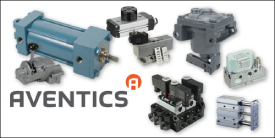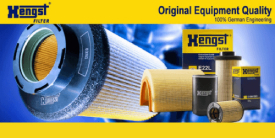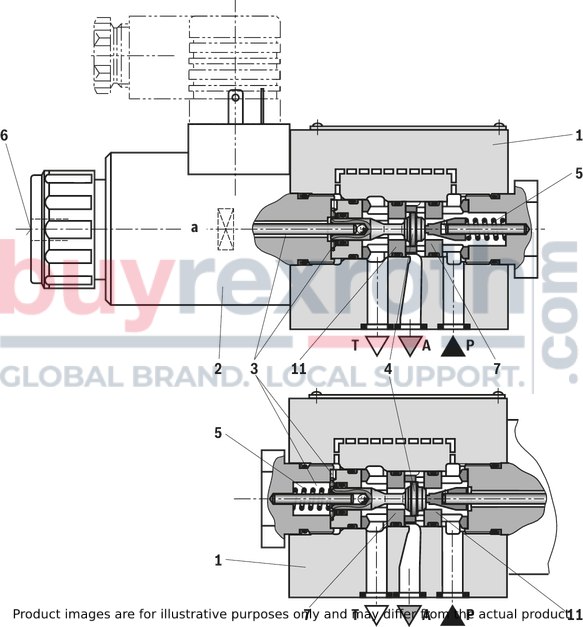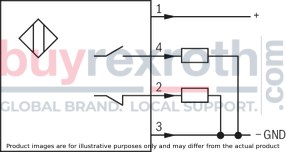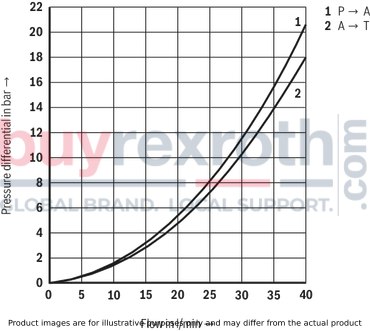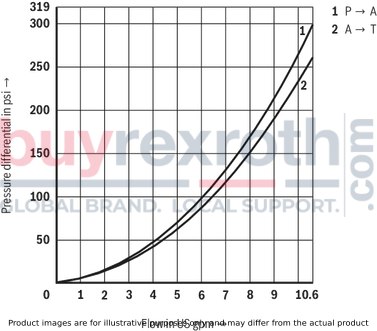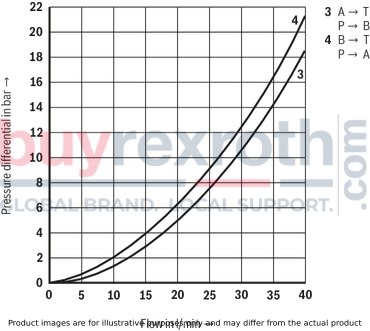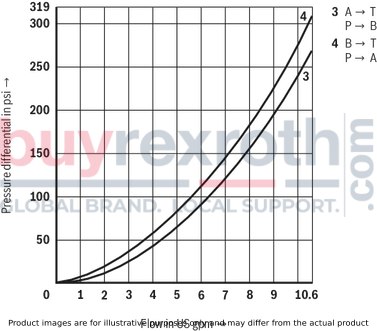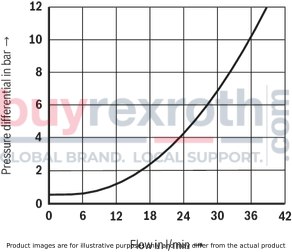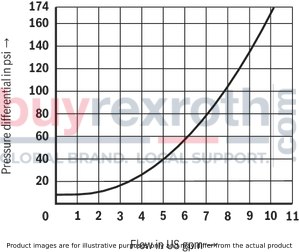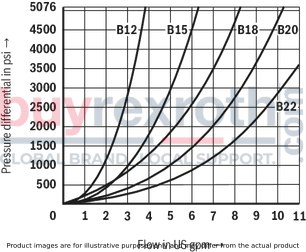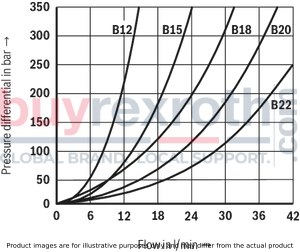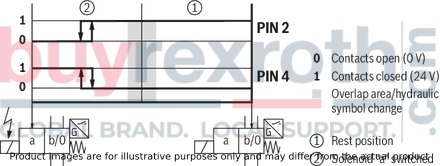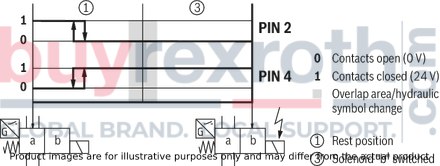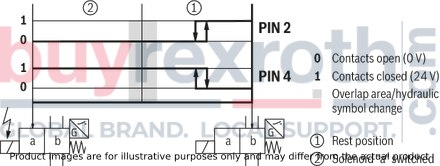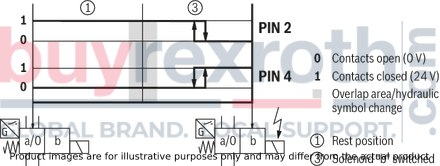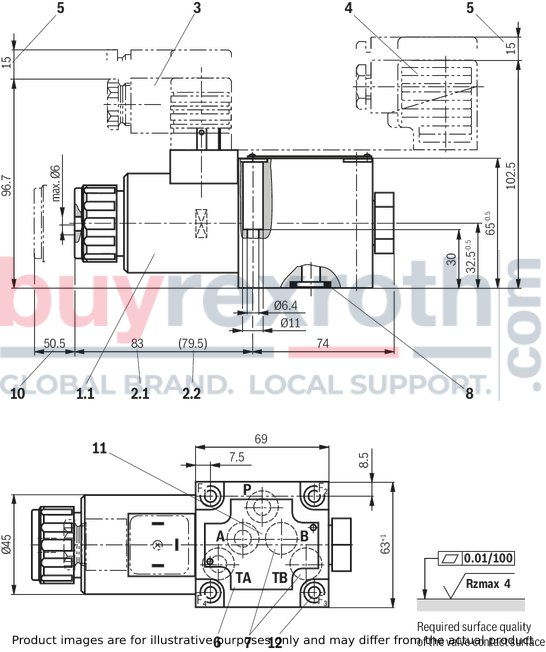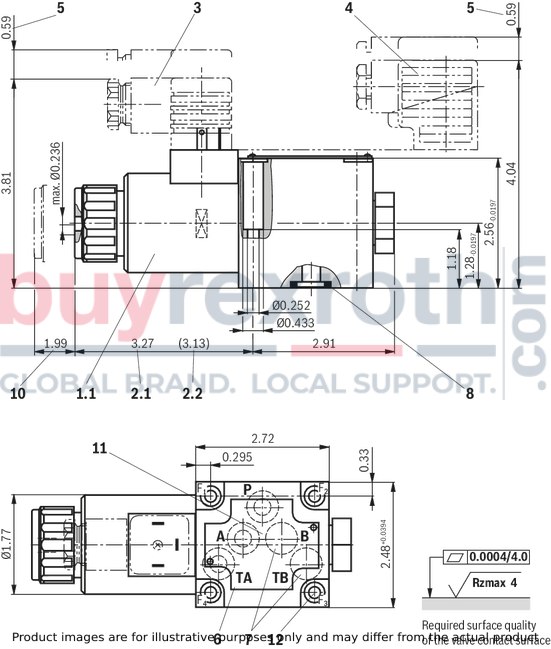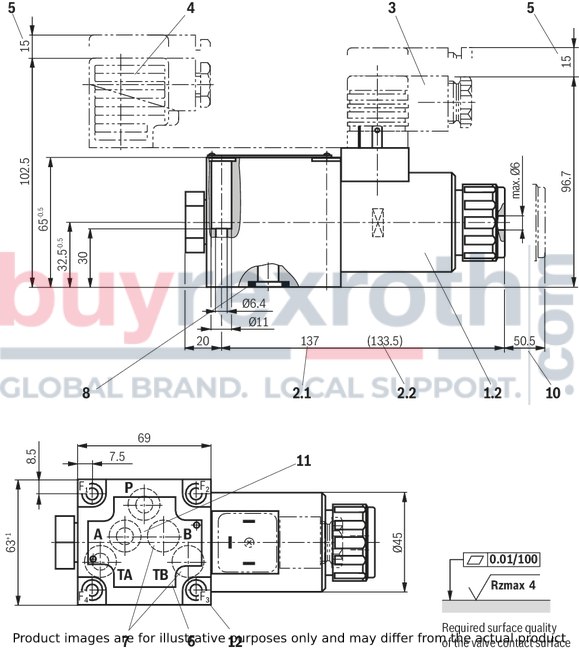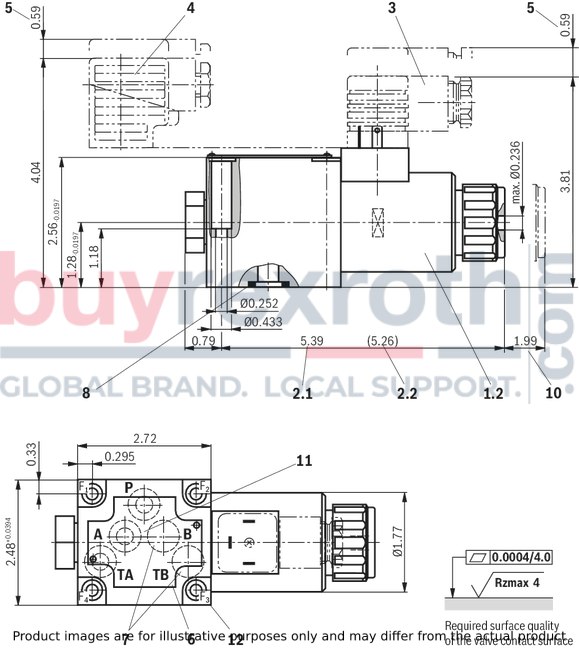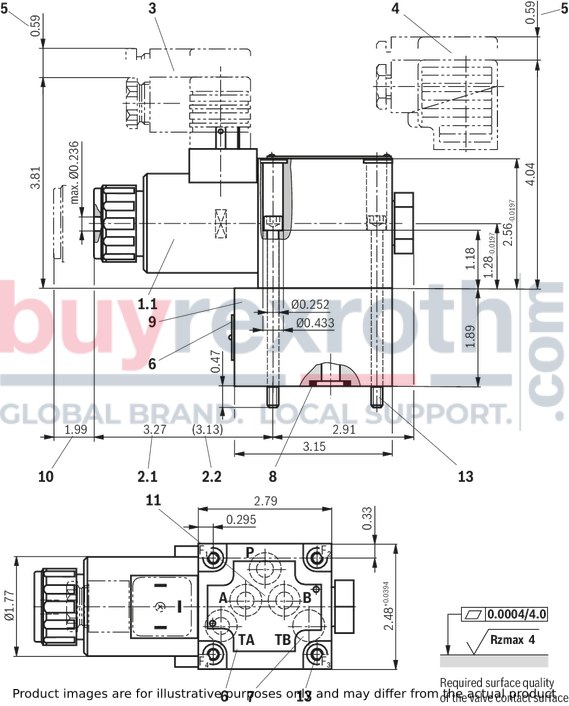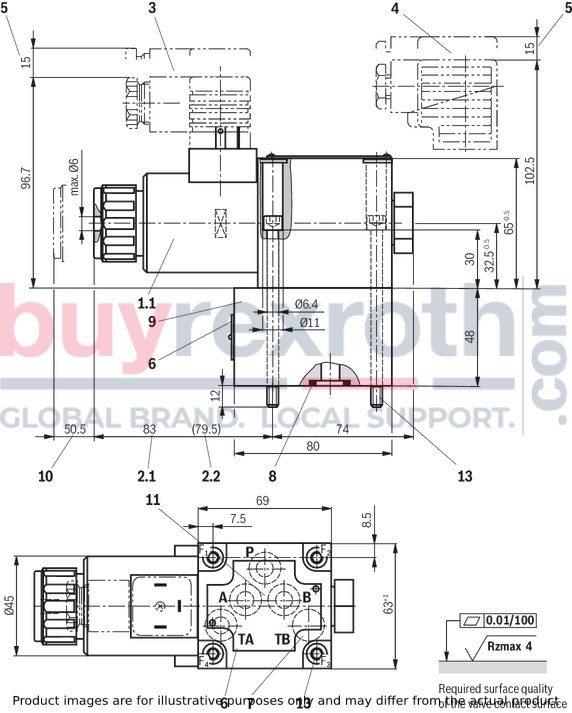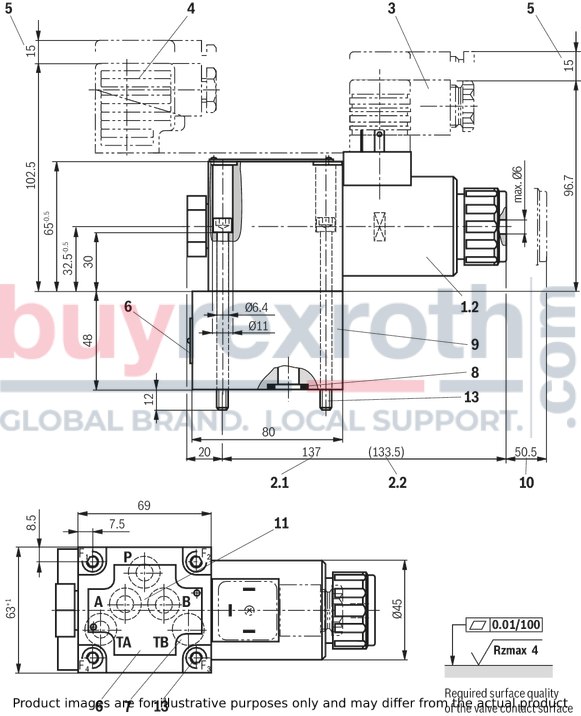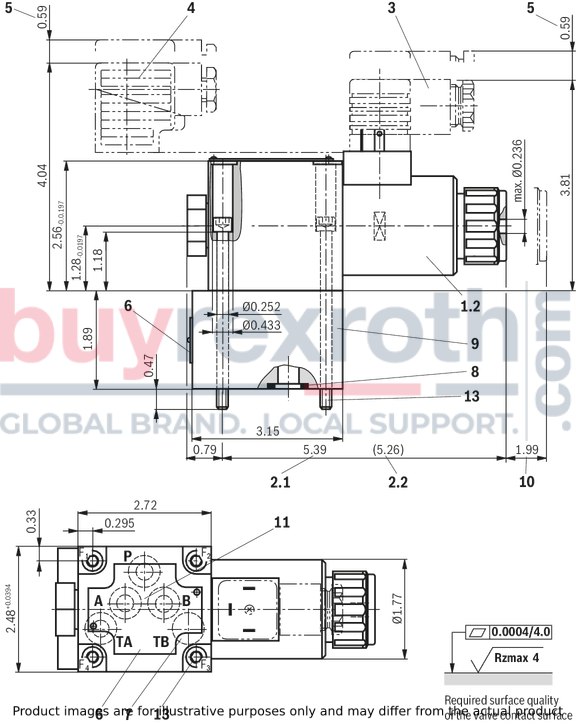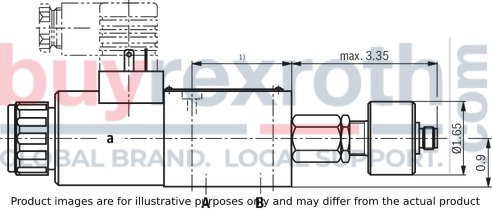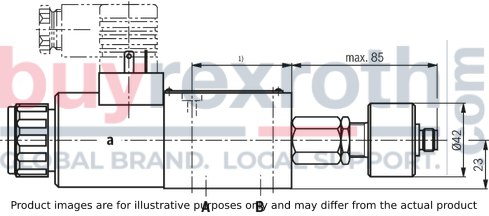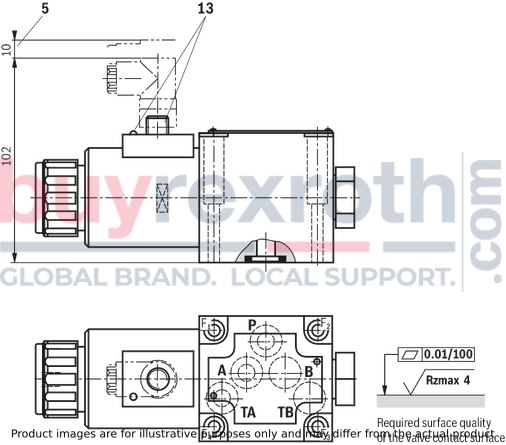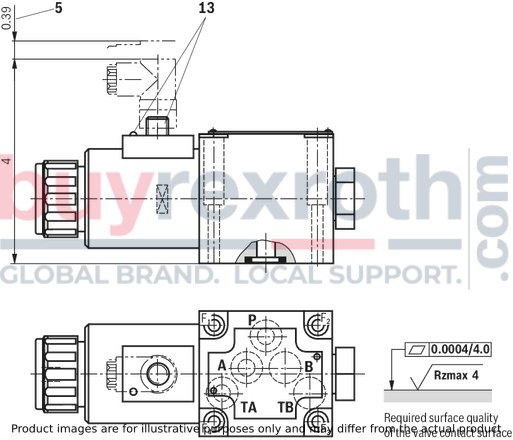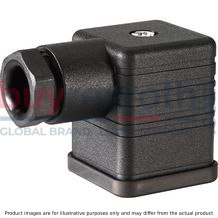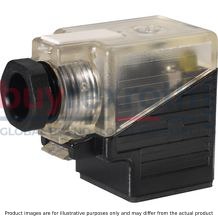POPPET DIRECTIONAL VALVE M-3SED10UK1X/350CG24N9K4
Size 10, symbol UK, solenoid-actuated, 24 V DC
Industrial hydraulic valve in a high performance range. Reliable switch-over of the oil flow direction according to hydraulic symbol.
Unpacked Weight: 2.4 kg
Direct operated directional seat valve with solenoid actuation Subplates (separate order) Blocked connection is leak-tight Reliable switching when under pressure over longer periods of standstill Wet-pin DC solenoids with detachable coil (AC voltage possible by means of a rectifier) Solenoid coil is rotatable by 90° The coil can be changed without having to open the pressure-tight chamber Electrical connection as individual connection With concealed manual override, optional Inductive position switch and proximity sensors (contactless)
3/2 directional seat valve
General
The directional valve of the type M-.SED is a direct operated directional seat valve with solenoid actuation. It controls the start, stop and direction of flow and mainly consists of a housing (1), the solenoid (2), the valve seats (7) and (11) as well as of the closing element (4).
The manual override (6) allows for the switching of the valve without solenoid energization.
Basic principle
The initial position of the valve (normally open "UK" or normally closed "CK") is determined by the arrangement of the spring (5). The chamber (3) behind the closing element (4) is connected to port P and sealed against port
T. Thus, the valve is pressure-compensated in relation to the actuating forces (solenoid and spring).
With the special closing element (4), ports P, A and T can be loaded with the maximum operating pressure (350 bar) and the flow can be directed into both directions (see symbols)!
In the initial position, the closing element (4) is pressed onto the seat (11) by the spring (5), in spool position, it is pressed onto the seat (7) by the solenoid (2). The flow is blocked in a leak-free manner.
With a sandwich plate, the Plus-1 plate, under the 3/2 directional seat valve, the function of a 4/2 directional seat valve is achieved.
Function of the Plus-1 plate
Initial position:
The main valve is not operated. The spring (5) holds the closing element (4) on the seat (11). Port P is blocked and A is connected to T. Apart from that, one control line is connected from A to the large area of the control spool (8), which is thus unloaded to the tank. The pressure applied via P now pushes the ball (9) onto the seat (10). Now, P is connected to B, and A to T.
Transition position:
Upon actuation of the main valve, the closing element (4) is shifted against the spring (5) and pressed onto the seat (7). During this, port T is blocked, while P, A, and B are briefly connected to each other.
Switching position:
P is connected to A. Since the pump pressure acts via A on the large area of the control spool (8), the ball (9) is pressed onto the seat (12). Thus, B is connected to T, and P to A. The ball (9) in the Plus-1 plate has a “positive spool overlap”.
Version “UK”

Version “CK”

Type M-3SED 10 UK1X/350CG24N9K4
Type M-3SED 10 CK1X/350CG24N9K4

4/2 directional seat valve
General
The directional valve of the type M-.SED is a direct operated directional seat valve with solenoid actuation. It controls the start, stop and direction of flow and mainly consists of a housing (1), the solenoid (2), the valve seats (7) and (11) as well as of the closing element (4).
The manual override (6) allows for the switching of the valve without solenoid energization.
Basic principle
The initial position of the valve (normally open "UK" or normally closed "CK") is determined by the arrangement of the spring (5). The chamber (3) behind the closing element (4) is connected to port P and sealed against port
T. Thus, the valve is pressure-compensated in relation to the actuating forces (solenoid and spring).
With the special closing element (4), ports P, A and T can be loaded with the maximum operating pressure (350 bar) and the flow can be directed into both directions (see symbols)!
In the initial position, the closing element (4) is pressed onto the seat (11) by the spring (5), in spool position, it is pressed onto the seat (7) by the solenoid (2). The flow is blocked in a leak-free manner.
With a sandwich plate, the Plus-1 plate, under the 3/2 directional seat valve, the function of a 4/2 directional seat valve is achieved.
Function of the Plus-1 plate
Initial position:
The main valve is not operated. The spring (5) holds the closing element (4) on the seat (11). Port P is blocked and A is connected to T. Apart from that, one control line is connected from A to the large area of the control spool (8), which is thus unloaded to the tank. The pressure applied via P now pushes the ball (9) onto the seat (10). Now, P is connected to B, and A to T.
Transition position:
Upon actuation of the main valve, the closing element (4) is shifted against the spring (5) and pressed onto the seat (7). During this, port T is blocked, while P, A, and B are briefly connected to each other.
Switching position:
P is connected to A. Since the pump pressure acts via A on the large area of the control spool (8), the ball (9) is pressed onto the seat (12). Thus, B is connected to T, and P to A. The ball (9) in the Plus-1 plate has a “positive spool overlap”.
Attention!
In order to avoid pressure intensification when using differential cylinders, the annulus area of the cylinder must be connected at A.
The use of the Plus-1 plate and the seat arrangement offer the following options:
Version “D”

Version “Y”

Type M-4SED 10 Y1X/350CG24N9K4

Throttle insert
The use of a throttle insert is required if, due to prevailing operating conditions, flows which exceed the performance limit of the valve can occur during the switching processes.
Examples:
Accumulator operation, use as pilot control valve with internal pilot fluid tapping.
3/2 directional seat valve
The throttle insert is inserted into port P of the seat valve.
4/2 directional seat valve
The throttle insert is inserted into port P of the Plus-1 plate
Check valve insert
The check valve insert allows a free flow from P to A and closes A to P in a leak-free form.
3/2 directional seat valve
The check valve insert is inserted into port P of the seat valve.
4/2 directional seat valve
The check valve insert is inserted into port P of the Plus-1 plate.

